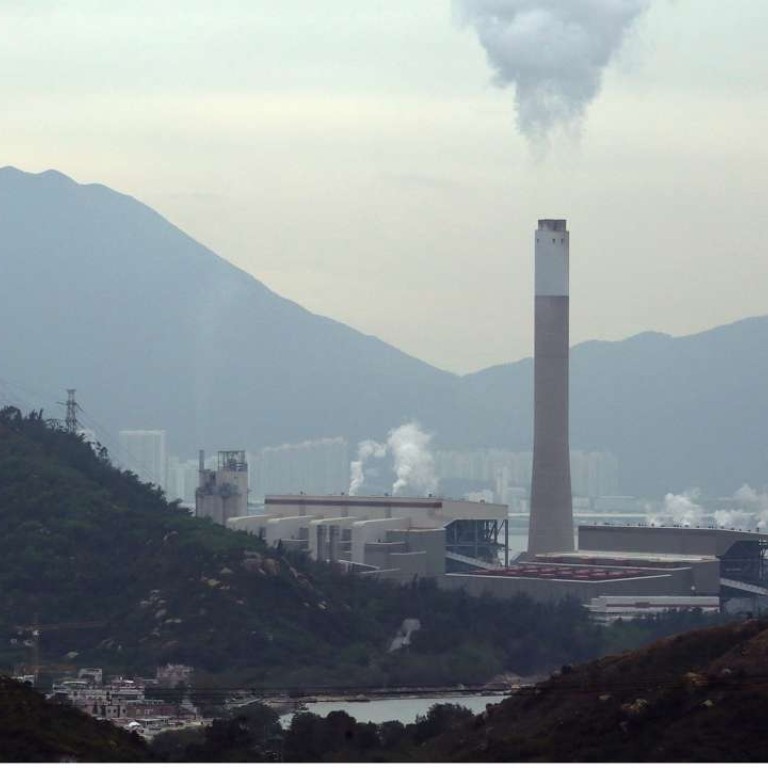
Hong Kong power suppliers could cut electricity charges next year, environmentalist says
Dr William Yu of World Green Organisation estimates a 1 to 2 per cent cut amid big fuel clause recovery surpluses, but warns of upward pressure later
There could be a 1 to 2 per cent cut in electricity charges in the coming year despite the recent uptick in international fuel prices, an environmental group has forecast.
The trend has reversed in recent weeks, with a decision last month by the Opec oil-producing cartel to cut production, triggering a rally in oil prices. The cost of natural gas, which is used to produce a third of the city’s electricity, is closely linked to crude oil price movements.
World Green Organisation chief executive Dr William Yu Yuen-ping said gas-purchasing contracts were most likely to have been locked in before the Opec deal went through, suggesting that the impact on next year’s tariffs would be slim.
“There will be a bit of a time lag ... Even with rising oil prices the impact on the first half of next year is quite small,” he said. But another factor making a tariff rise unlikely were the “overflowing” surpluses in the power companies’ fuel clause recovery accounts.
In recent years, HK Electric, which supplies Hong Kong and Lamma, and CLP Power, which supplies Kowloon, Lantau and the New Territories, have continually overestimated their fuel costs, meaning customers have paid more in fuel clause charges.

HK Electric is estimated to have accumulated a surplus of about HK$3.5 billion this year, while CLP has about HK$3.3 billion. Yu said the surpluses could prompt the suppliers to cut electricity tariffs.
Nonetheless, he said there would still be “upward pressure” on tariffs in the next one or two years, as the city used less coal and more expensive natural gas – 50 per cent is targeted for 2020. The two suppliers also plan to expand their fixed asset bases by building new gas-fired units.
“If natural gas goes from its current 35 per cent to 50 per cent of the fuel mix, the pressure to increase tariffs more will be much higher,” Yu said.
A lot will also hinge on the renegotiation of the “scheme of control” regulatory framework between the suppliers and the government before 2018. The schemes regulate how much the utilities can earn.
Rising regional demand will also put pressure on supply and price. According to the International Energy Agency, Asia’s demand for liquefied natural gas will increase to 350 billion cubic metres by 2021.
CLP Power said the fuel clause for customers was charged on an accountable basis and that fuel prices were generally unpredictable and volatile. It said its investments in new units would have a minimal impact on power bills.
HK Electric said it would announce details next week.
The tariff review conducted by the government and the two suppliers will be tabled in the Legislative Council’s economic development panel next Tuesday.

